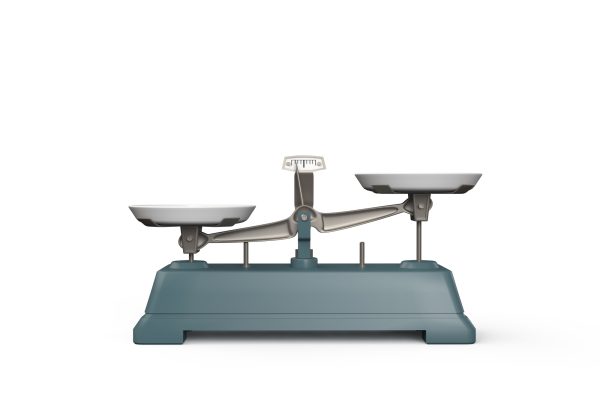Gold: The Historical Reserve Currency
As humans evolved from small groups of nomadic hunter-gatherers towards larger and more complex societies, they were inevitably confronted with the need for mediums of exchange. Two forms of money arose from this need: representative money and commodity money.
Representative money, which pre-dates the invention of coinage, is money that has no intrinsic value but represents a claim on something of value. This form of money facilitated domestic trade as divisions of labor proliferated within a community. For example, a farmer could deliver the season’s harvest at a central warehouse and receive in exchange tokens which symbolized claims to a portion of goods from the warehouse. These tokens could then be used to trade for other goods in the market or used for payment to workers.
Commodity money is money that has intrinsic value derived from the commodity from which it is made. This form of money was important in foreign trade, in which representative money tokens tied to the local economy would be worthless to the counterparty. There are numerous examples of commodity money throughout the course of human history, but none has reached the breadth of appeal or significance to the modern financial system as gold.
Gold was recognized as a standard medium of exchange for international trade as early as 1500 BC. The first gold coins were minted in modern-day Turkey in the 6th century BC and gold as a currency eventually spread throughout Europe. By the 16th century gold had become so entrenched in the European financial system that when the Spanish Conquistadors’ treasure fleets returned from the New World, the massive amounts of gold they carried contributed to a period of inflation throughout Europe. Even the dominant reserve currency of today, the U.S. dollar, began not as fiat money but as representative money backed by gold.
Though gold is no longer used as a medium of exchange, it retains a role in foreign reserve balances. The countries with the ten largest gold holdings held a combined $1.44 trillion, at market prices, as of December 2020. This constituted 17.2 percent of their overall reserve balances. An additional $171 billion was held by the International Monetary Fund. As the Chinese economy developed, it too looked to gold as a reliable store of value. From 1980 to the end of 2000, Chinese authorities held nearly 13 million ounces. They boosted their holdings to 19 million ounces by December 2002, and to 34 million ounces in April 2009. At the end of 2020, China was the sixth largest country holder of gold (63 million ounces), behind only the United States (261 million ounces), Germany (108 million ounces), Italy (79 million ounces), France (78 million ounces), and Russia (74 million ounces).
The question is rarely asked that, if, in John Maynard Keynes’ words, gold is a “barbarous relic,” why do central banks around the world, including developing countries and the International Monetary Fund, hold well over a trillion U.S. dollars’ worth in an asset whose rate of return, including storage costs, is negative?
In my experience, there have been several cases where policymakers did contemplate selling off their gold bullion. In 1976, for example, I participated in a fascinating conversation where Secretary of the Treasury William Simon and Chairman of the Federal Reserve Board Arthur Burns met with President Gerald Ford to discuss Simon’s recommendation that the United States sell its 275 million ounces of gold and invest the proceeds in interest-earning assets. While Simon, following Milton Friedman’s view of gold at that time, delivered a detailed and quite eloquent argument that gold no longer serves any useful monetary purpose,1 Arthur Burns held the conventional view that gold was the necessary ultimate crisis backstop to the dollar and that it would be a mistake to sell our gold reserves. The two advocates were clearly unable to find common ground, and the meeting was adjourned. In the end, Ford chose to do nothing, and to this day, the U.S. gold hoard is little changed at 261 million ounces.
The next time I was confronted with the issue of whether central banks should continue to hold gold was in the mid-to-late 1990s following a decline in the price of gold to under $300 an ounce. One of the periodic meetings of the G10 governors was dedicated to the issue of the European members’ desire to pare their gold holdings. But they were aware that in competing with each other to sell, they could drive the price of gold down still further. They all agreed to an allocation arrangement of who would sell how much, and when. The United States abstained. The arrangement was renewed in 2014. In a statement accompanying the announcement, the European Central Bank stated, “Gold remains an important element of global monetary reserves.”




LATEST ARTICLES